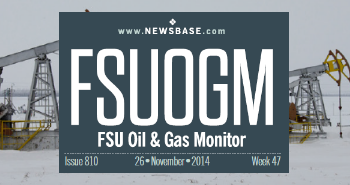FSUOGM: Gazprom under fire
.jpg)
The widely circulated narrative in the media is that Russia is to blame for record-high gas and power prices in Europe. But in reality, the current situation has been caused in large part by serious shortcomings in European energy policy.
Gas price futures for October at the Dutch TTF hub hit $950 per 1,000 cubic metres on September 15 – an all-time high at a time of year when markets are typically subdued. Demand is recovering and supply remains restricted, while gas storage levels in Europe remain low. This spike, while unsustainable in the long term, is weighing down on Europe’s post-coronavirus (COVID-19) recovery, while also making gas less competitive next to dirtier coal in power generation, undermining EU efforts to reduce emissions. There is also the risk of serious supply shortages looking ahead, especially in the event of a cold winter.
Gazprom, as Europe’s biggest gas supplier, has faced accusations of intentionally withholding some supply to drive up gas prices and put pressure on Brussels to allow Nord Stream 2 to start up. Nord Stream 2 was declared complete on September 8, but the pipeline operating company will need certification as an independent transmission operator to operate at full capacity, and the process will take time. Germany’s energy regulator said on September 13 it had four months to decide whether to issue the certification, and after that the decision will be reviewed by the European Commission.
Rather than with Gazprom, the blame for Europe’s current energy crisis lies at least in part with European leadership. For years, the EC has been pushing to expand the use of gas-on-gas, market-based pricing in contracts between buyers and suppliers, replacing longer-term oil-indexed pricing. Oil-indexed prices are currently three times cheaper than spot rates.
If you’d like to read more about the key events shaping the former Soviet Union’s oil and gas sector then please click here for NewsBase’s FSU Monitor.


Follow us online